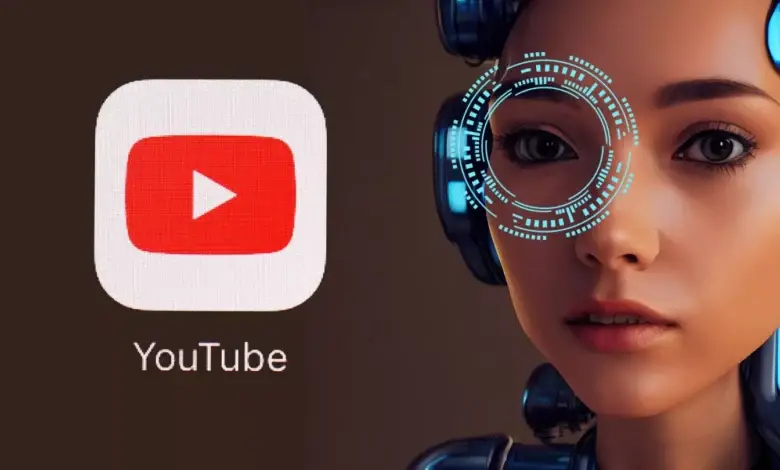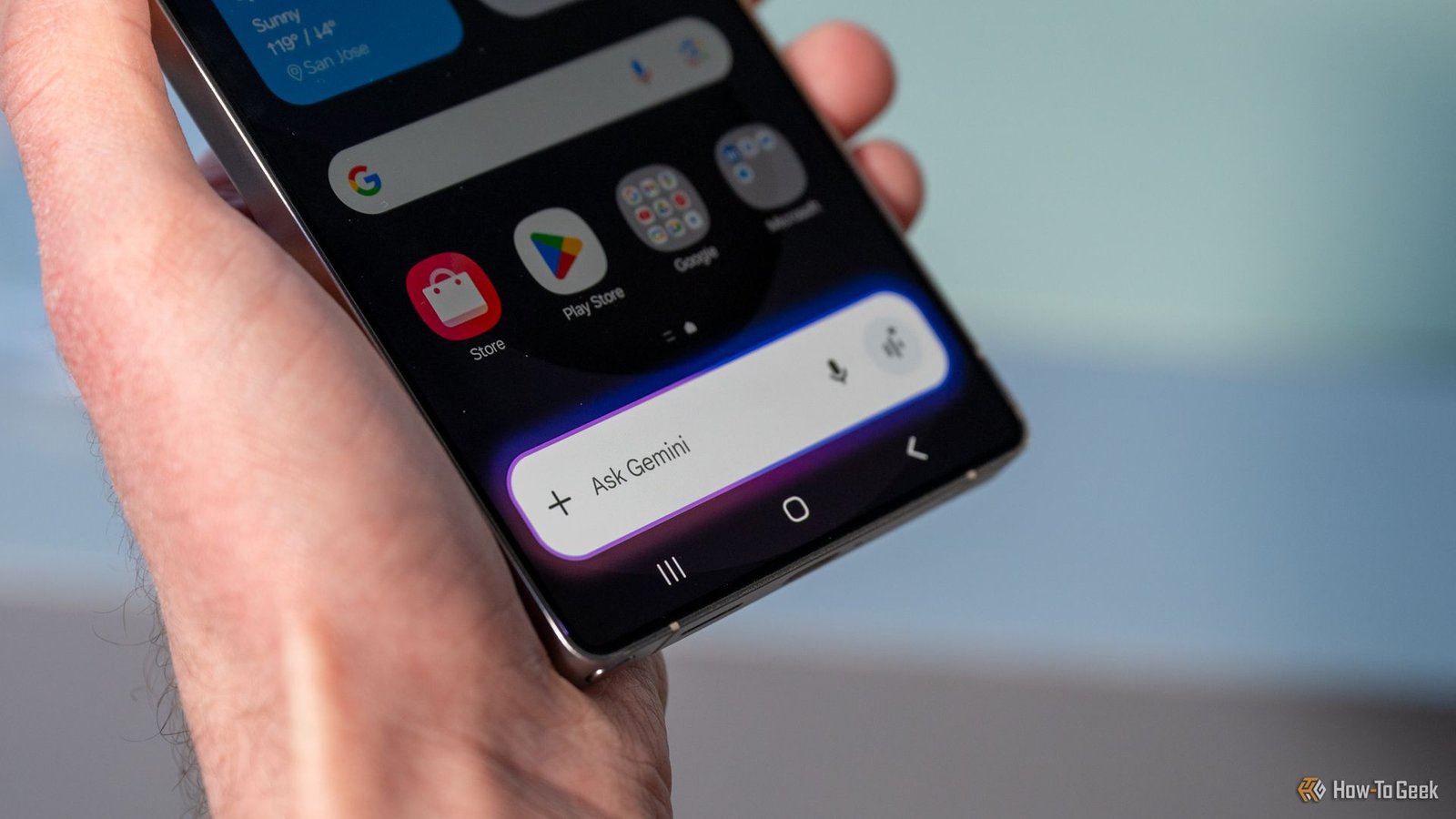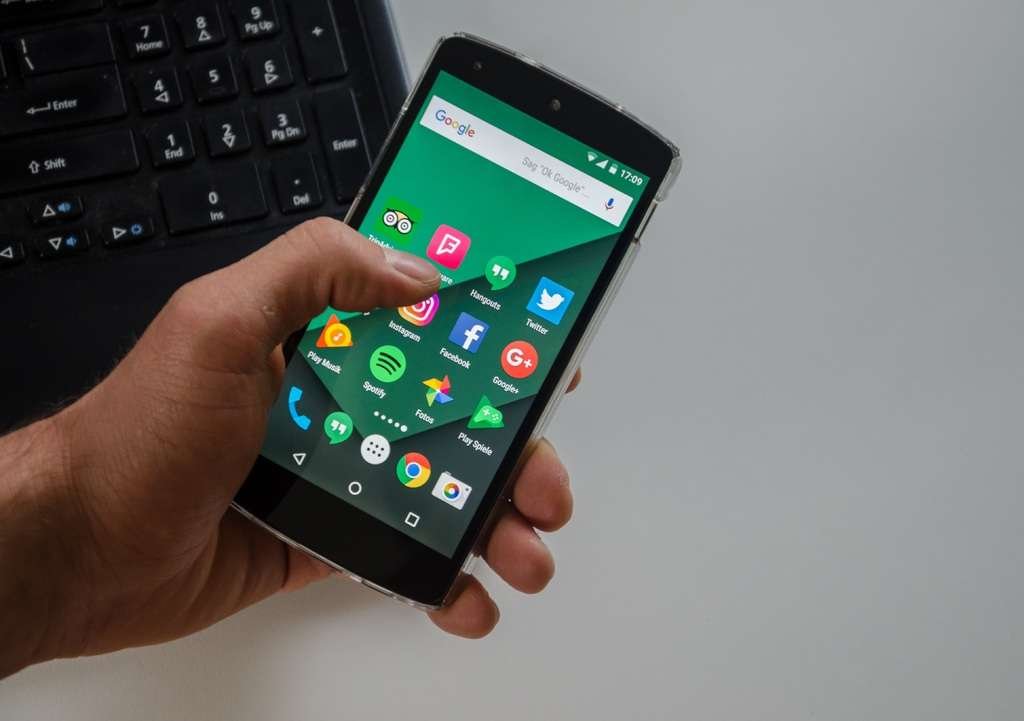YouTube Just Declared War on Low-Quality AI Content Here’s What You Need to Know

YouTube is officially tightening its rules around monetization, and mass-produced, low-effort AI-generated content is now in the crosshairs.
From July 15, 2025, the YouTube Partner Program (YPP) will start enforcing new guidelines aimed at curbing the flood of spammy, repetitive videos generated using AI. The platform will now require content to be “significantly original and authentic” if you want to keep your ads rolling.
So, if your channel leans heavily on AI tools like text-to-video generators or voiceovers over stock footage, it’s time to rethink your workflow.
What’s Changing?
YouTube’s always had some version of the “original content” rule. But now, the definition is way clearer, especially in the age of easy AI tools like Pika, Runway, and Veo 3.
According to Rene Ritchie, YouTube’s Creator Liaison, this isn’t a full-on overhaul, but a much-needed update to deal with the rise of AI spam.
Content at Risk of Demonetization:
-
Purely AI-generated videos with zero human input
-
Slideshows with automated voiceovers and stock visuals
-
Recycled, stolen, or barely tweaked content
-
Channels mass-uploading low-effort AI videos
If your channel is pumping out dozens of cookie-cutter explainers, fake news reels, or auto-narrated crime stories, you could lose your monetization rights.
Not All AI Content Is Getting Banned
Here’s the good news: AI is not being banned. You can still use it smartly.
YouTube says content can be monetized if it’s transformed, curated, and adds real human value. The key is intent and originality.
For example:
-
Using AI to generate B-roll, captions, or help ideate scripts? You’re good.
-
Editing and adding your voice, visuals, and POV to an AI-generated piece? Still OK.
-
Letting AI do everything while you just hit upload? Big no.
So no, this isn’t a crackdown on tech-savvy creators, it’s about keeping the bar high for quality and authenticity.
Why Is YouTube Doing This Now?
Let’s be real, YouTube has a serious AI junk problem.
In the last year alone, we’ve seen:
-
AI-generated deepfake scams
-
Fake news clips with fabricated headlines
-
AI-true crime series with no real reporting
-
Entire channels posting hundreds of auto-generated videos weekly
Not only do these swamp the algorithm, but they also hurt creators who put in the real work. This update is YouTube’s way of saying: we want creators, not content mills.
What Should Creators Do Now?
If you’re a creator who uses AI, here’s how to stay safe:
-
Audit your channel: Look at your recent uploads, are they human-first or bot-bland?
-
Add your voice: Make sure your commentary, personality, or editorial input is clear.
-
Avoid auto-spam: Don’t post AI clips in bulk just for reach. YouTube will catch it.
-
Don’t recycle: Reused scripts, footage, or voiceovers =
The bottom line: If your content feels like a bot made it, it’s probably not monetizable.
For Filmmakers & Creative Pros
If you’re a filmmaker, documentarian, or use YouTube to share original work, you’re probably unaffected.
This policy doesn’t hit:
-
Short films
-
Behind-the-scenes vlogs
-
B-roll assisted edits
-
Original music videos or personal essays
Just be mindful of where you use AI, let it support your story, not replace your creativity.
Final Thoughts: Long Overdue or Too Harsh?
YouTube’s push to combat “AI slop” is receiving mixed reactions. Some creators are relieved that spam is finally being addressed. Others worry that this could limit innovation or penalize smaller channels that use AI responsibly.
But one thing’s clear: human-first content wins.
So, whether you’re scripting with ChatGPT, animating with Sora, or editing with AI tools, make sure the final product is authentically you.
What do you think? Is YouTube doing the right thing? Or is it overcorrecting?
Drop your thoughts in the comments and let’s talk about where creativity and AI meet.




